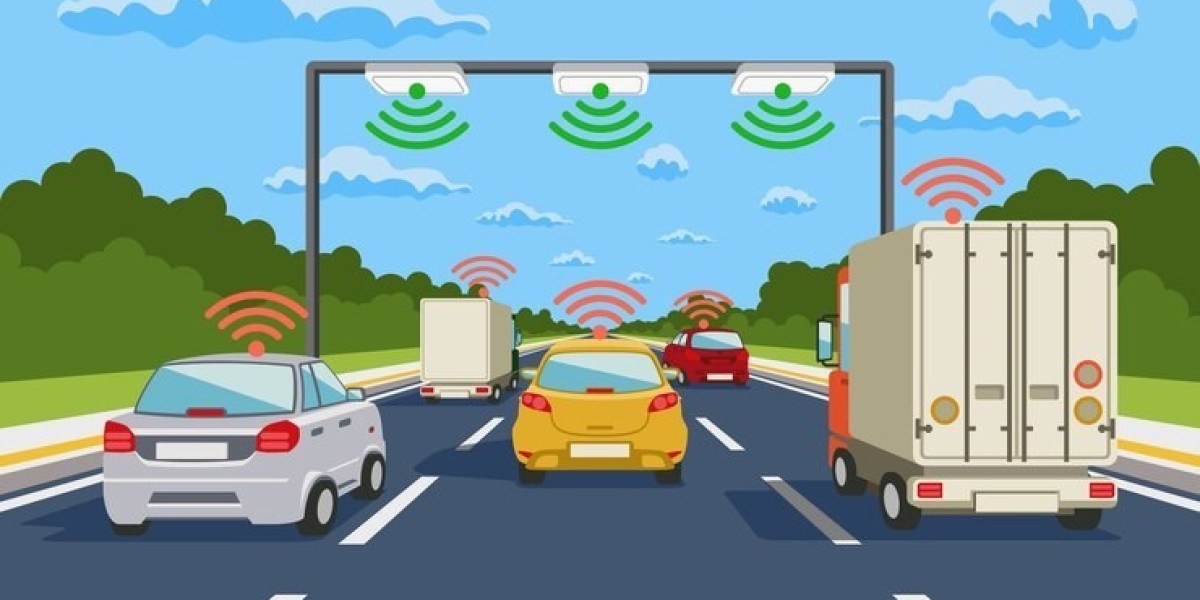Over-The-Air (OTA) software updates have revolutionized how devices receive and deploy updates remotely, enhancing both security and operational efficiency. This article explores the key aspects of OTA updates and their impact across various industries.
Understanding OTA Software Updates
Definition: OTA software updates enable devices to receive firmware, software, or configuration updates wirelessly, without requiring physical access.
Components:
Client Software: Installed on devices to receive and implement updates.
Server Infrastructure: Manages update distribution and ensures secure communication.
Communication Protocols: HTTPS, MQTT, CoAP, etc., facilitate secure and reliable data transfer.
Importance of OTA Updates
Security Enhancement:
Enables rapid deployment of security patches and fixes vulnerabilities promptly.
Encryption and authentication protocols ensure updates are tamper-proof and secure.
Operational Efficiency:
Reduces downtime and operational disruptions associated with manual updates.
Allows manufacturers to roll out new features and improvements seamlessly.
Challenges and Considerations
Security Risks:
Vulnerabilities in OTA mechanisms can be exploited if not properly secured.
Continuous monitoring and updating of OTA protocols are essential to mitigate risks.
Compatibility and Reliability:
Ensuring updates are compatible with existing hardware and software configurations.
Testing updates thoroughly to prevent unintended consequences or system failures.
Industry Applications
Automotive Sector: OTA software updates for vehicle systems, improving safety features and performance.
IoT Devices: Smart home appliances, industrial sensors, and healthcare devices benefit from remote updates for functionality and security enhancements.
Future Trends
5G Integration: Faster and more reliable OTA updates facilitated by 5G networks, enabling real-time updates for critical systems.
AI and Machine Learning: Predictive analytics to anticipate update needs and optimize deployment schedules.
Conclusion
OTA software updates play a pivotal role in modernizing device management and security protocols across industries. By leveraging OTA capabilities, organizations can ensure their products remain secure, efficient, and up-to-date, meeting the evolving demands of technology and consumer expectations.









